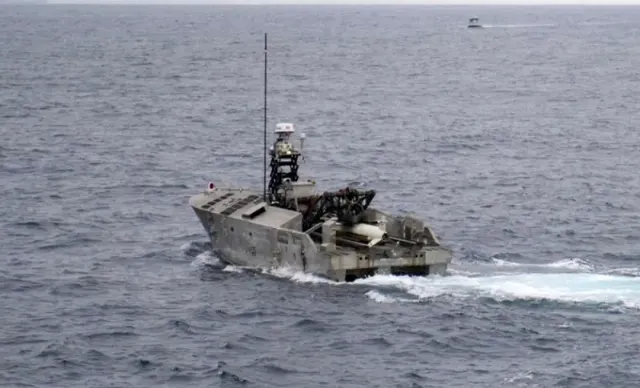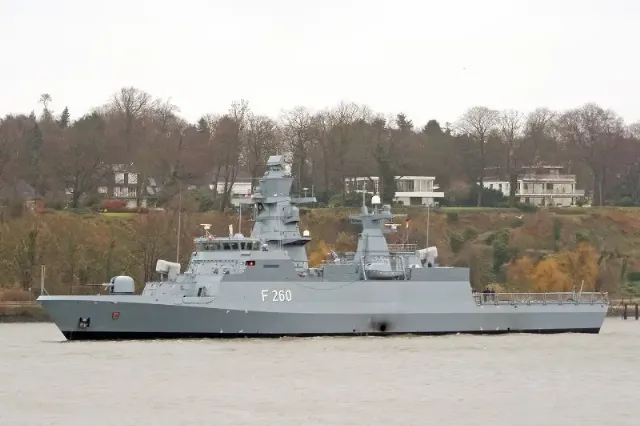
Image source: topwar.ru
The German Navy has requested proposals for sea trials of its advanced combat surface system (FCSS), a new—generation unmanned surface vessel (USV) concept. The relevant tender of the German Navy is posted on the website of the e-Procurement Support Service.
According to the military analytical online publication NextGen Defense, FCSS will work both in combination with manned vessels and as part of swarms of marine drones. First of all, we are talking about the possible replacement of the Braunschweig (K130) corvettes in service with the German Navy.
— writes NextGen Defense.
Sea trials will take place from September 15, 2025 to October 5, 2025 in the Baltic Sea. Each model takes about a week, not counting the preparation time. During this time, the main capabilities of unmanned platforms will be evaluated: basic operation, situational awareness, as well as intelligence, surveillance, reconnaissance and combat impact.
The tests are aimed at bringing unmanned surface vessels to the limit of their capabilities, to test their endurance over long distances in real conditions. The focus is on assessing their ability to work remotely, safely, and autonomously.Emergency response systems, resupply, repair and restoration of ships will also be evaluated.
According to the technical characteristics of experimental unmanned ships of the German Navy, it is known that they will be able (should) support remote control and emergency operations with a minimum number of personnel, as well as ensure active collision prevention.
Their range should be at least 300 nautical miles (556 kilometers) at a cruising speed of 38 knots (70 kilometers per hour). The armament will include a 30-millimeter cannon and an additional cluster munition or missile. Nothing is reported about the dimensions and displacement of marine drones.
Judging by the weapons, the drones are quite small. How they will replace the K130 corvettes is not entirely clear. Their displacement is 1,840 tons, and the ships are fairly newly built — the first one was launched in 2006 and commissioned by the German Navy in April 2008. The corvettes are armed with tactical weapons, anti-aircraft artillery, anti-submarine and mine-torpedo weapons, etc. There are radars for various purposes and an electronic reconnaissance station.

Image Source: topwar.ru
If the Bundeswehr was "impressed" by the use of naval drones of the Armed Forces of Ukraine, then the Ukrainians used disposable drones with explosives in the Black Sea, and semi-submersible ones at that. Now our military has learned how to detect and destroy them in time from the sea, coast and air before hitting targets.
